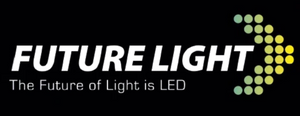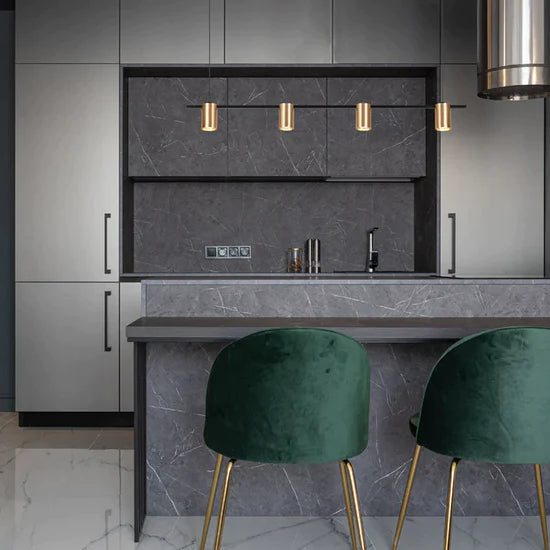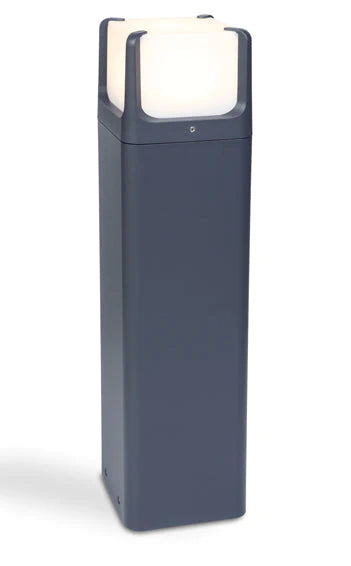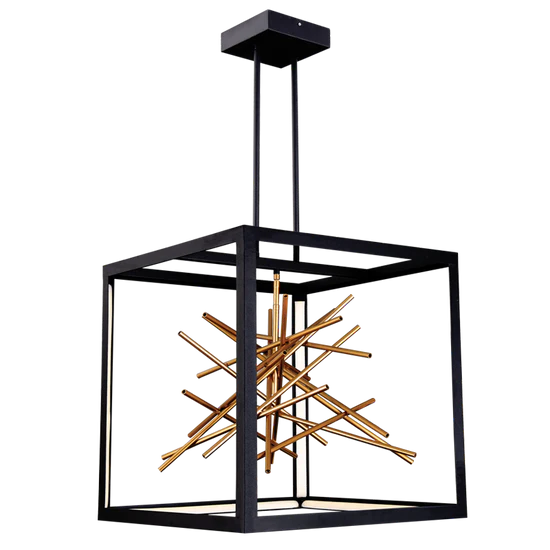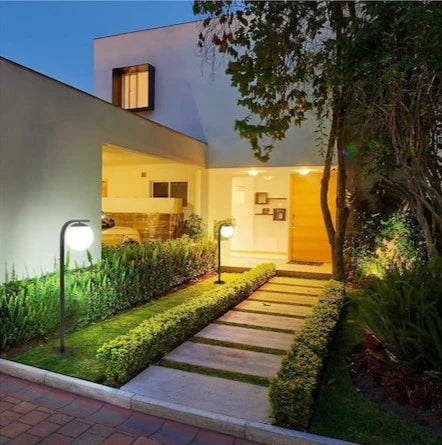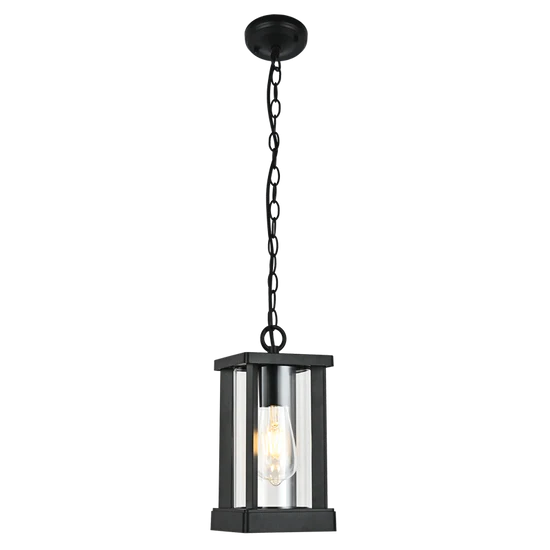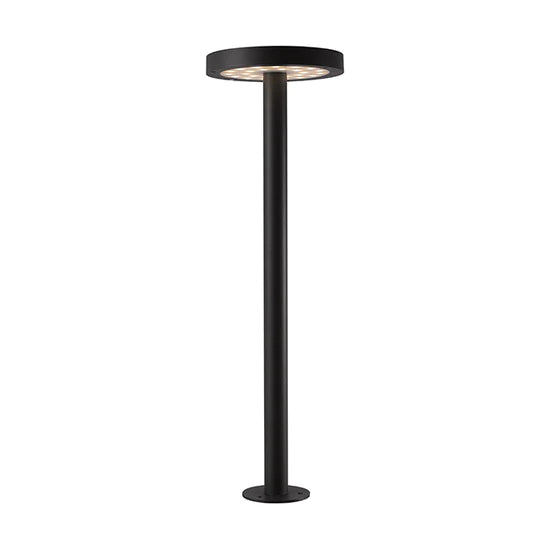I nearly fell off my chair when I bought electricity at the end of last month! I usually buy R100 and was getting over 100 units. We are a small, 2 person household so that lasts a good week to 10 days. Since I am in the LED business, all my lights are of course LED and I religiously switch off lights and plugs when not in use.
However when I bought electricity on the 30th of July I only received 47.40 units (see pic below) which I less than half of what I am used to paying meaning my rate had doubled! I was floored as I could not believe that the rate had doubled as I am quite aware of the increases etc due to my line of business. So while I was aware of a general increase of around 8% for the City of Cape Town I was not aware of the massive tariff steps if you used more than a certain amount of electricity.

Basically there are 2 Tariffs:
- Domestic Tariff: Two block inclining block tariff and is applicable to customers who receive more than 450 kWh per month on average (as calculated using a twelve month average), including any free basic electricity that may be applicable.
- Lifeline Tariff: Highly subsidised two block inclining block tariff aimed at existing consumers who receive on average 450 kWh or less per month (as calculated using a twelve month average). This tariff includes any free basic electricity that may be applicable, or any prospective consumers who receive on average 450 kWh or less per month (as calculated using a twelve month average) AND have a prepaid meter AND have a municipal property valuation of less than R300 000.
Check the City of Cape Town Website for the complete breakdown
Domestic Tariff Charges:
| Usage | Cost |
| 0 - 600 kWh | R1.425 incl VAT |
| 600.1+ kWh | R1.738 incl VAT |
Lifeline Tariff Charges:
| Usage | Cost |
| 0 - 350 kWh | R0.9086 incl VAT |
| 350.01+ kWh | R2.109 incl VAT |
I am in the lifeline category so as long as I use less than 350 kwh per month my rate is a very good R0.9086 per kWh which is substantially lower than most I would guess. However if I exceed my quota it more than doubles to R2.109 per kWh which is high.
These rates are expected to climb given the above inflation increases we will continue to experience as a result of poor planning by Eskom, increased coal prices, labour cost increases, cable theft etc etc
There are too many negative variables in the pipeline that are not going to go away so we can expect large increases annually for the foreseeable future and households and business should prepare themselves accordingly with LED lighting, efficient appliances, Solar Water Heating, switching off lights, water efficient shower heads and other systems. All of these will help keeping your electricity usage down and keeping you below the high usage thresholds which makes financial sense.
So we keep advising our clients to start making the changes now, get those LED lights bought and installed - electricity costs are only going to keep rising!
You can also calculate your savings with LED Lights using this excel spreadsheet.
If you need help with LED Lighting options please email us at info@futurelight.co.za
